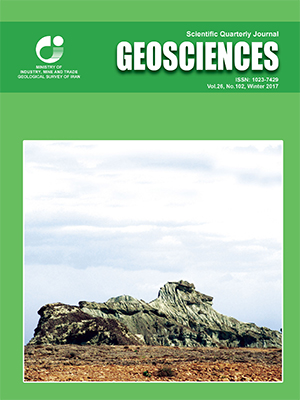Document Type : Original Research Paper
Authors
1 Ph.D., Department of Geology, Science and Research Branch, Islamic Azad University, Tehran, Iran
2 Professor, School of Geology, College of Science, University of Tehran, Tehran, Iran
3 Associate Professor, Exploration and Production Division, Research Institute of Petroleum Industry, Tehran, Iran
4 Professor, Department of Geology, Faculty of Basic Science, Ferdowsi University of Mashhad, Mashhad, Iran
5 Associate Professor, Department of Geology, Faculty of Basic Science, University of Tabriz, Tabriz, Iran
Abstract
The Fahliyan Formation of Khami Group is hosting important hydrocarbon reserves in Iran and also is a main reservoir rock in the Abadan Plain oil fields which is Neocomian in age. In the studied wells its thickness is about 440 meters. In the Abadan Plain, the Fahliyan Formation transitionally overlies the argillaceous limestone of the Garau Formation and its upper boundary changes into marl and argillaceous limestone of the Gadvan Formation. According to thin sections examinations prepared from cuttings and cores plus electrofacies analysis 11 microfacies and 2 lithofacies are recognized. This formation consists of two carbonate and mixed carbonate-siliciclastic (mixed zone) members. The Lower Fahliyan was deposited in carbonate ramp environment while, the Upper Fahliyan was deposited in a mixed carbonate–siliciclastic environment. To determine electrofacies, the rock types were modeled with using MRGC method. Best correlation between petrographical and electrofacies is 12 cluster model (in MRGC method). These results suggest that the electrofacies model is in agreement with heterogenetic rock type such as mixed carbonate–siliciclastic environment observed in petrography. Also, in homogenous rock type such as carbonate ramp environment electherofacies can’t completely determine geological facies. Based on petrographical and electrofacies this formation is composed of three third order sequences with type sb2 sequence boundaries. But, the third sequence in mixed carbonate–siliciclastic zone is terminated with sb1 sequence boundary just below the Gadvan Formation.
Keywords

